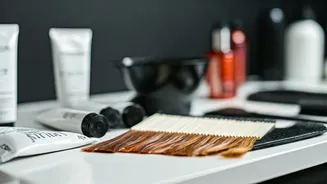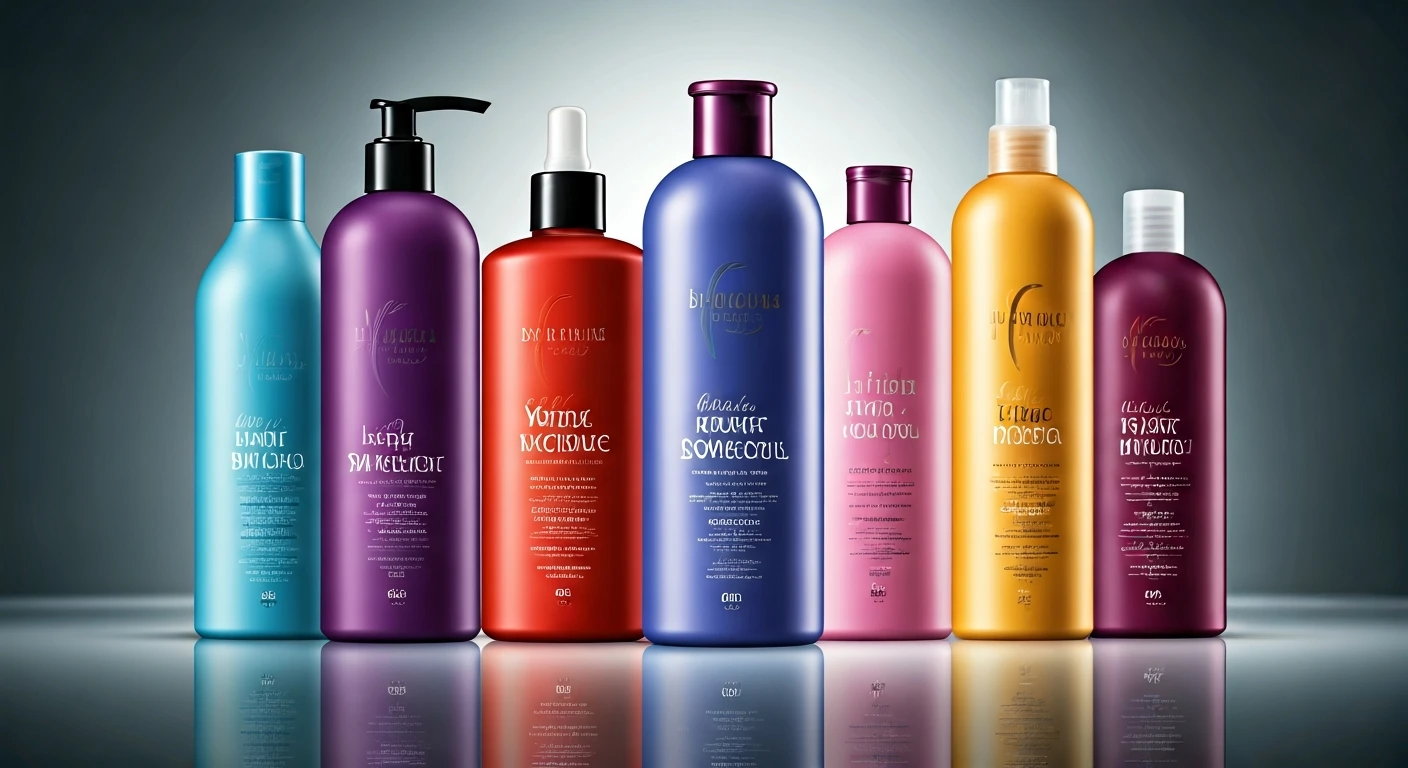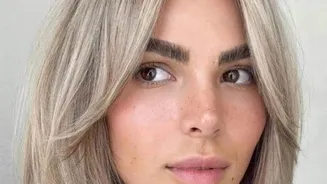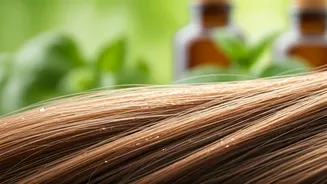Hair Color Assessment
Before diving into the world of hair color, assessing your current hair condition is paramount. The health and type of your hair significantly influence
the outcome and the process itself. If your hair has already been subjected to multiple treatments like perms, relaxers, or previous colorings, it might be more porous and susceptible to damage. In such instances, consulting a professional stylist is a smart move. They can examine your hair, recommend the most appropriate color and technique, and offer advice on treatments that will protect your hair throughout the coloring procedure. Furthermore, understand your hair's natural shade and any existing color. This understanding is key to predicting how the new color will blend and what results to anticipate. For example, if you wish to go significantly lighter, the path is often not a simple one-step process but may involve bleaching. Each stage must be carefully planned to minimize damage and get the look you desire.
Choose the Right Color
Picking the perfect hair color extends far beyond just selecting a shade you fancy; it involves carefully considering the undertones that complement your skin tone. Not all colors will suit every complexion equally. For those with warm undertones, such as golden or peachy skin, warmer hair colors like golden blondes, copper reds, or rich browns often work wonders. These colors can enhance the warmth in your skin and create a harmonious, glowing effect. Conversely, if you have cool undertones, which are characterized by pink or bluish shades, cooler hair colors, including ash blondes, cool browns, or burgundy reds, will likely be your best bet. These choices can prevent your skin from looking washed out and create a balanced look. Moreover, reflect on your lifestyle and how much time you are willing to commit to upkeep. Some colors fade faster than others, demanding more frequent touch-ups. Consider your natural hair color as well. If you have darker hair, achieving a lighter color will require more intensive processing, potentially causing greater damage. Start by consulting with a stylist who can give personalized color recommendations.
Strand Test is Key
Before applying the dye to your entire head, perform a strand test. This simple step can prevent a host of potential disappointments and hair disasters. A strand test involves applying the hair dye to a small, hidden section of your hair to see how the color develops and to assess any adverse reactions. The reason this is so important is that every head of hair responds differently to color. Factors such as your hair's porosity, prior treatments, and natural color can affect the final result. The strand test will give you a preview of the color, allowing you to fine-tune the shade or adjust the processing time if needed. It also helps detect any unexpected results, such as the color not taking or reacting strangely. If you skip this step, you risk ending up with an unflattering hue or, worse, damaging your hair. Conducting a strand test is also a good opportunity to examine your hair's reaction to the dye and its chemical composition. This will help you know if your hair can tolerate the procedure.
Preparation Matters a Lot
Preparing your hair before coloring can significantly affect the outcome and health of your strands. The first step involves avoiding washing your hair for 24-48 hours prior to the coloring session. This allows natural oils to build up, acting as a protective barrier against the harsh chemicals in the dye. This barrier is a form of natural protection. Also, gather all the necessary supplies before you start. This includes the hair dye, gloves, an applicator brush, a bowl for mixing, old towels to protect your clothes and surfaces, and hair clips to section your hair. Make sure your workspace is well-lit and comfortable. Choose a well-ventilated area, and place newspaper or plastic sheeting to safeguard your surfaces from accidental spills. If you are coloring at home, it is a good idea to have a friend or family member help to ensure even application, especially if you have long or thick hair. They can help reach areas that are hard to see, such as the back of your head, ensuring thorough coverage and even color distribution.
Post-Color Haircare Routine
Once you have successfully colored your hair, a proper aftercare routine is essential to maintain color vibrancy and keep your hair healthy. Immediately after coloring, use a color-safe shampoo and conditioner. These products are specially formulated to gently cleanse and hydrate your hair while preserving the color molecules. Avoid shampoos with sulfates, which can strip away the color and dry out your hair. Using a deep conditioning treatment once or twice a week is also important. This will help to replenish moisture and restore any damage caused by the coloring process. Limit the use of heat styling tools, such as hair dryers, curling irons, and straighteners, as these can fade the color and cause further damage. If you must use heat, apply a heat protectant product first. Schedule regular trims to remove split ends and keep your hair looking its best. Moreover, protect your hair from the sun's rays, which can cause color fading. Use hats or scarves when outdoors for extended periods.














